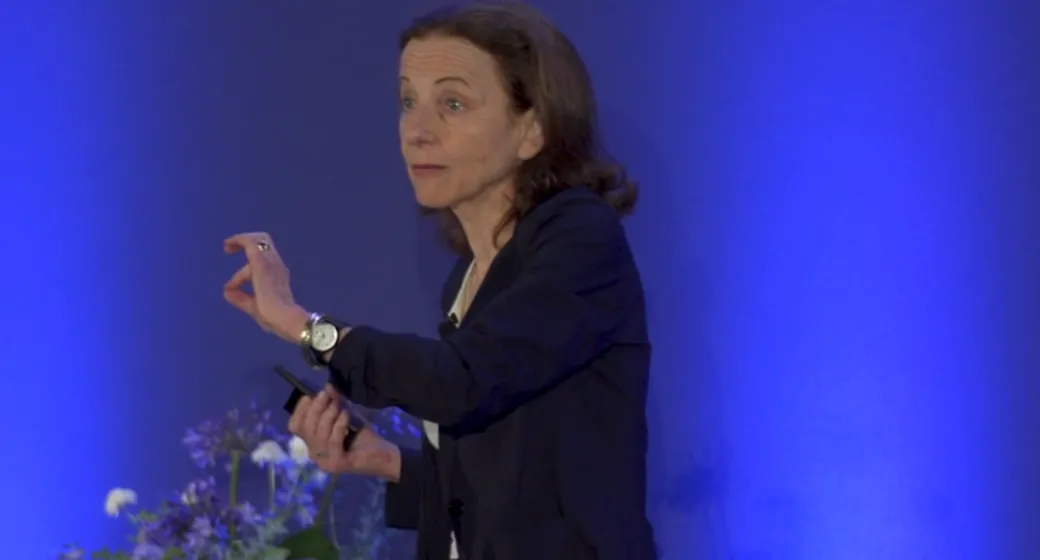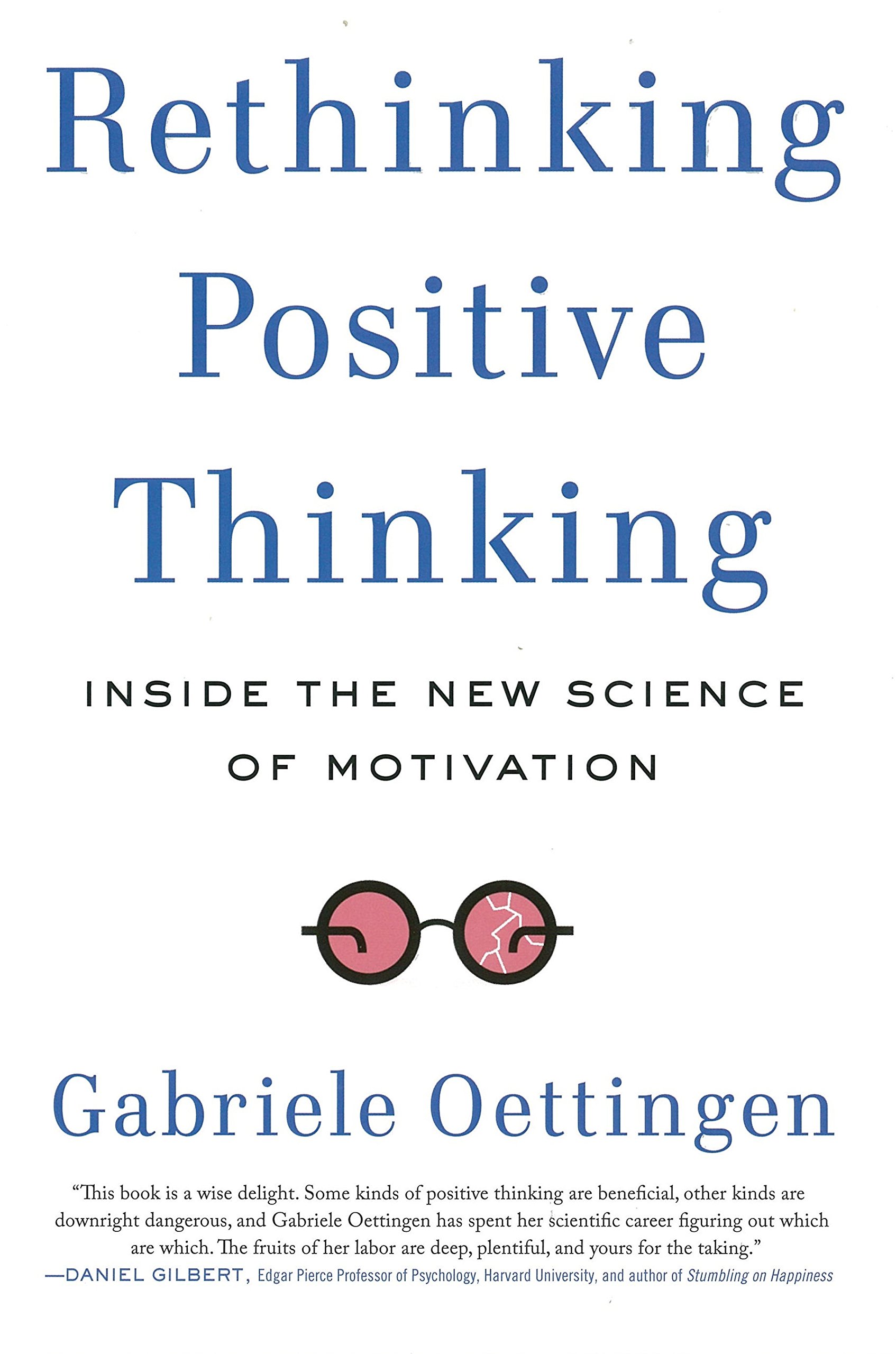
WOOP for Classrooms
10 minutes | Self-Control
How do I do it?
In this step-by step writing activity, you begin by identifying a wish or goal you want to achieve. Next, you mentally imagine one positive outcome of achieving this goal and one obstacle that stands in the way. This reflection sets you up for the final step: making a plan for how you can get around that obstacle.
How does it work?
A common mistake when setting a goal is to indulge in fantasies about how great life will be after accomplishing it—without considering what’s currently holding us back. Mentally contrasting your hoped for outcome with an obstacle that stands in your path is energizing. This prepares you to make a plan for when and how you’ll take action!
1-minute overview video
WOOP Resources for Teachers:
WOOP Translations:
“After learning WOOP, students improved their grades, their on-time attendance, and their in-class behavior.”
—Gabriele Oettingen

About the Researcher
Gabriele Oettingen is a professor of psychology at New York University and the University of Hamburg. She is the author of more than 100 articles and book chapters on thinking about the future and the control of cognition, emotion, and behavior. She received her PhD from the Ludwig Maximilian University in Munich and the Max Planck Institute for Behavioral Physiology in Seewiesen, Germany.
Videos about WOOP

Gabriele Oettingen – Highlights – Educator Summit 2018


